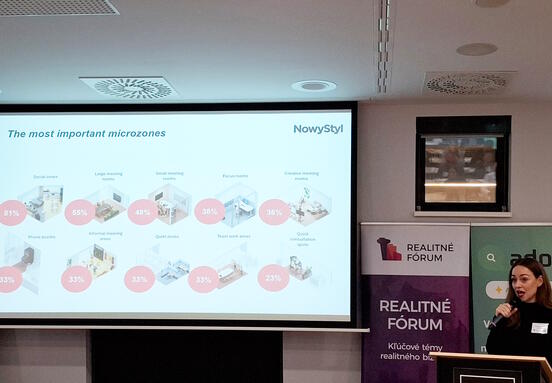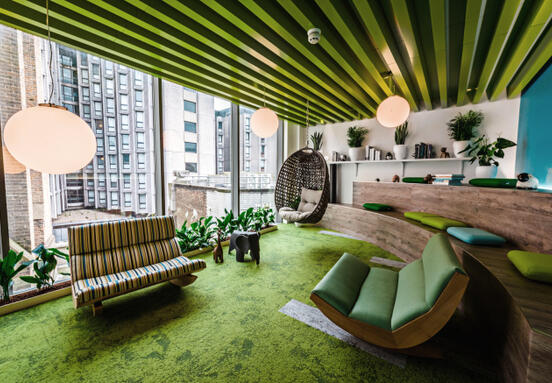These certifications are voluntary and are used as transparent proof of the quality of buildings. In essence, they represent a comprehensive assessment of the sustainability of buildings, i. j. buildings are evaluated in terms of a number of aspects that correspond to the philosophy of sustainable construction.
There are several definitions
There are many definitions of green buildings, but they can be generalized within the framework of planning, design, construction. Also the operation of the building with several central aspects, such as energy consumption, water consumption, material resources, the impact of the building on the environment and the quality of the indoor environment.
Certification systems
Globally, many different certifications of green buildings are used around the world (Fig. 1), and it is not at all easy to recognize their similarities and differences. Some focus more on health and well-being. Others on environmental or energy factors and others on sustainability from a broader perspective.
Certification systems have been developed using different evaluation structures and methods, with each scheme having a long list of unique criteria below the overall structure. Without knowledge of all the criteria within a certification scheme, as well as an understanding of how they are evaluated, it is not easy to see how the evaluation of a given certification system differs from other systems.
This is not the case in the area of assessing the internal environment of buildings with these systems. From the above it is clear that for the uninitiated, respectively. for someone who does not know the details of individual certifications, it is not easy to compare them. This task has already been addressed by some authors, e.g. in , but their approaches were not entirely identical.
Each of the systems approaches the evaluation itself a little differently, so even their comparison is not easy and it is often necessary in the end to create your own evaluation system, which will allow this comparison.
In FIG. 2 to 5 is an example of an evaluation according to , where 13 aspects were created within 3 pillars of sustainability (environmental pillar - green color, social - yellow color, economic - blue color), while one of the thirteen evaluated aspects is "health “, Which in a way represents the assessment of the internal environment.
The above assessment shows that in the ten methodologies compared, the "health" aspect is widely represented, ranging from 11% to 83% (BREEAM 16%, LEED 21%, DGNB 18%, WELL 83%, Green Star 19% , Active House 34%, Nordic Swan 13%, Miljöbyggnad 36%, LBC 11%, HQE 53%).
Comparisons by other authors may vary and usually differ. If we want to compare the assessment of the indoor environment in greater detail, we will find that each certification system approaches it differently and that the differences can be significant.







